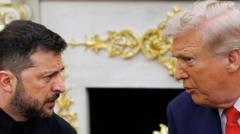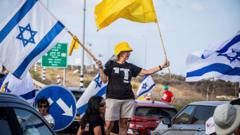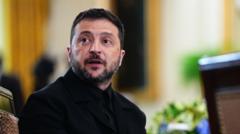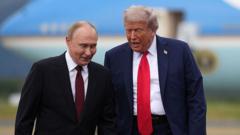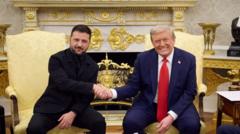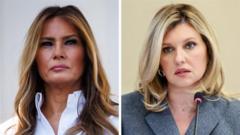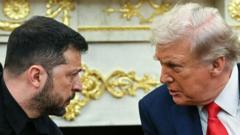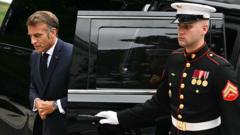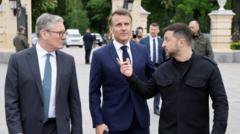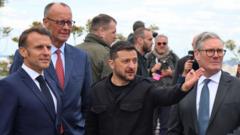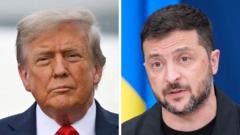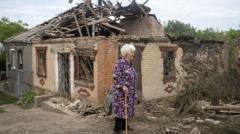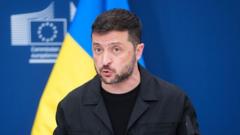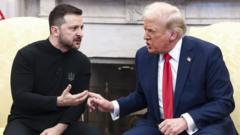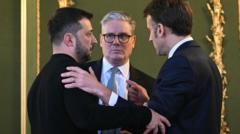Pope Leo XIV’s inaugural Mass in St. Peter’s Square signals a significant moment in the Catholic Church, bringing together world leaders and a divided American Catholic community amid preliminary insights into his priorities.
**Pope Leo XIV's Inaugural Mass: A New Era for the Vatican and Global Catholicism**

**Pope Leo XIV's Inaugural Mass: A New Era for the Vatican and Global Catholicism**
Leaders and faithful gather in Vatican City for the historic inauguration of Pope Leo XIV, the first American pontiff.
Pope Leo XIV presides over a momentous inaugural Mass in Vatican City as he is officially installed as the first American pope, a milestone attracting notable political figures including Vice President JD Vance and various global leaders. Born Robert Francis Prevost, the new pontiff's election marks a dramatic departure from tradition, challenging previous notions about cardinals choosing an American for such a significant role.
The inaugural ceremony commenced early in the morning, attracting a large crowd eager for a glimpse of the pontiff on his electric “popemobile.” As Pope Leo waved at the cheering assembly, a palpable energy filled St. Peter’s Square. Security was tight, with emergency services on standby, reflecting previous heavy attendance at papal events.
The Mass stresses Leo's role as a successor to St. Peter while emphasizing his commitment to address pressing global issues like the threats of artificial intelligence and calls for peace in conflict regions such as Ukraine and Gaza. His leadership will also be scrutinized closely in the United States, where complex dynamics exist within the American Catholic community, including tensions between various ideological groups and the political right.
Vice President JD Vance's participation echoes a potential significance, symbolizing a possible reconciliation or reset in the relationship between the Vatican and conservative American Catholics. Previously, Vance faced criticism from a social media account linked to Leo that voiced dissent over immigration policies. Nevertheless, observers express cautious optimism regarding Leo's approach to bridging divides, with many noting his past concerns about societal issues as signs that resonate with the broader Catholic community.
The ceremony unfolded with deep respect paid to the traditions of the Church, such as the presentation of the fisherman’s ring and other emblems signifying Leo's direct connection to St. Peter and thus the Church’s historical lineage. Commentary on the event suggests that Leo’s administrative acumen and focus on the dignity of the individual, including the working class, can unite Catholic factions across political lines.
Supporters of Pope Leo cite the need for a leader who can navigate the complexities of modern issues while maintaining faithfulness to Catholic doctrine. His leadership style, reflective and attentive, is seen as a potential path toward greater harmony and inclusion within the Church.
In summary, Pope Leo XIV's inaugural Mass serves as the genesis of a pontificate that could reshape the relationship between the Vatican and various socio-political factions, presenting both challenges and opportunities in a rapidly evolving global landscape.

